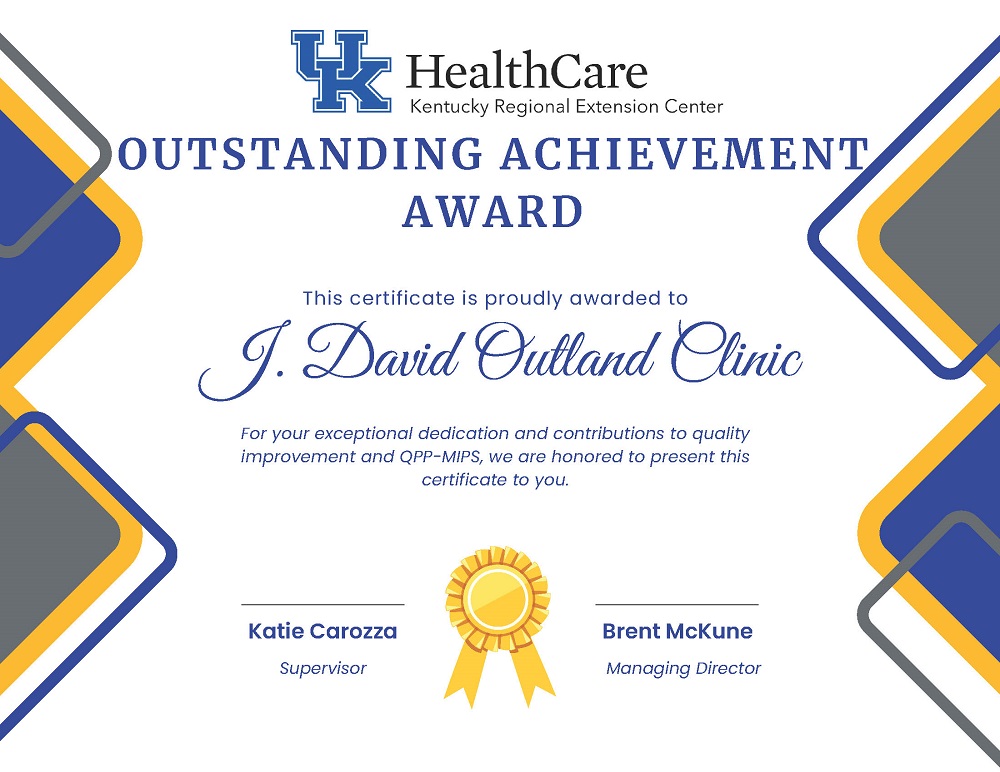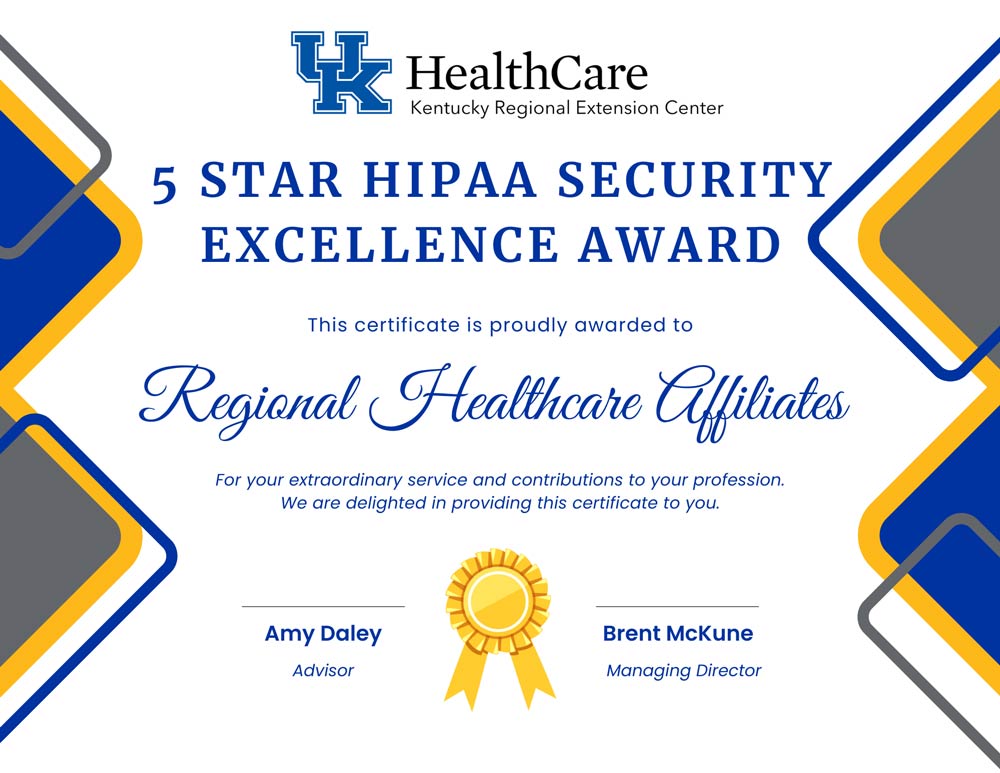Feb 13, 2024
 Kentucky’s Stroke Care Journey: Insights from Coverdell
Kentucky’s Stroke Care Journey: Insights from Coverdell
Get ready for an engaging discussion that unveils the transformative impact of the Coverdell Grant on the future of stroke care in the Bluegrass State!
Kentucky REC advisor Lacy Shumway provides a comprehensive overview of the 3-year Coverdell Grant, focusing on its mission to enhance stroke care in collaboration with the CDC. She shares details behind the numbers in Kentucky’s application for the grant: addressing high stroke mortality rates and risk factors.
Explore the seven strategies implemented by the Coverdell Grant, formally known as the Paul Coverdell National Acute Stroke Program, including: HTN control; quality improvement; education; and EMS collaboration. Lacy discusses data collection challenges and the critical role of ZIP CODES in the Social Deprivation Index (SDI). Uncover the system-wide impact of the grant, addressing challenges and bridging geographical gaps in stroke care across Kentucky.
Lacy Shumway is the Program Manager for the Paul Coverdell National Acute Stroke Program at the Kentucky Regional Extension Center, University of Kentucky. With 13 years in healthcare, Lacy’s expertise includes 7 years as Coordinator for Stroke Program Outreach at Norton Healthcare. She successfully marketed the stroke program and developed a pre-hospital stroke education training offered across Kentucky and Southern Indiana. Lacy serves as Vice-Chair of the Cardiac and Stroke Subcommittee at the Kentucky Board of EMS, and is the Chair of the EMS and Education Committee with the Stroke Encounter Quality Improvement Program (SEQIP). A graduate of Indiana University, Lacy brings a wealth of knowledge to our discussion. Tune in for an informative exploration of stroke care advancements in Kentucky!
Listen to our podcast on Buzzsprout, or Spotify and Apple Podcasts. All previous episodes are available.
If you need assistance with healthcare quality improvement, contact the Kentucky REC at 859-323-3090 or by email.
Feb 2, 2024

NEW in 2024! Quality Payment Program Public Webinars Feature On-Demand Access
Kentucky REC Quality advisors are always looking for innovative ways to provide timely information regarding the Quality Payment Program initiatives to our healthcare audience. We know that providers and staff, from small offices to large health systems, face many demands on their time throughout the day. To best meet your needs, our QPP focused Public Webinars will now be released periodically throughout 2024 for your viewing convenience. Your access to expert content will remain the same, just with the added flexibility of On Demand Viewing to best meet your needs.
Want to be the FIRST TO KNOW about an upcoming QPP Public webinar? Fill out this brief REGISTRATION FORM.
QPP Public Webinar On-Demand Release Schedule for 2024*:
FEBRUARY 2024: QPP Final Rule Highlights
MAY 2024: QPP Quality and Cost Performance Category Overview
JULY 2024: QPP Promoting Interoperability (PI) and Improvement Activities(IA) Performance Category Overview
NOVEMBER 2024: Year in Review Roundtable
Same great content, your way, on your schedule!
*Client-Only QPP Webinars will continue to remain LIVE and will transition to the Zoom Webinar Platform for 2024
Contact YOUR Experts at the Kentucky REC for all your QPP, MIPS/MVP, and APM Track questions. We’re here to help. Call us at 859-323-3090.
Jan 25, 2024
 QPP Year 8: ALL ABOUT QPP REPORTING OPTIONS*
QPP Year 8: ALL ABOUT QPP REPORTING OPTIONS*
Tuesday February 13, 2024 @ 12PM ET
CMS’s Quality Payment Program continues to evolve each program year. In the current landscape, there are more avenues than ever available for reporting your Eligible Clinician’s data. All these choices can be overwhelming, and make it challenging to determine the best reporting method for your practice.
Join our team of experienced advisors as we dive into the intricacies of QPP reporting options for both Program Year 2023 (PY23) & Program Year 2024 (PY24).
We will guide you through the diverse options of data collection and submission methods for each Performance Category, and review the different levels of submission for MIPS. This will give you the facts to make informed decisions that align with your practice’s goals, and shed light on essential considerations for the various MVP reporting levels.
Already a QPP client or interested in becoming one? As a client, you receive exclusive access to our analysis of all aspects of the Quality Payment Program. To speak with the team on how we can best support you, feel free to contact us HERE.
Open to the public webinars will be available in 2024, highlighting major updates and implications for eligible clinicians and practices.
Mark your calendars for “All About QPP Reporting Options” on Tuesday, February 13 at 12pm EST.
Contact YOUR Experts at the Kentucky REC for all your QPP, MIPS/MVP, and APM Track questions. We are here to help. Call us at 859-323-3090.
*This webinar is for Kentucky REC contracted QPP clients only. If you are interested in this topic and would like to learn more about becoming a client, please contact us at (859) 323-3090 or email us at KYRec@uky.edu. We aim to be your trusted healthcare advisor!
 Kentucky’s Stroke Care Journey: Insights from Coverdell
Kentucky’s Stroke Care Journey: Insights from Coverdell 











